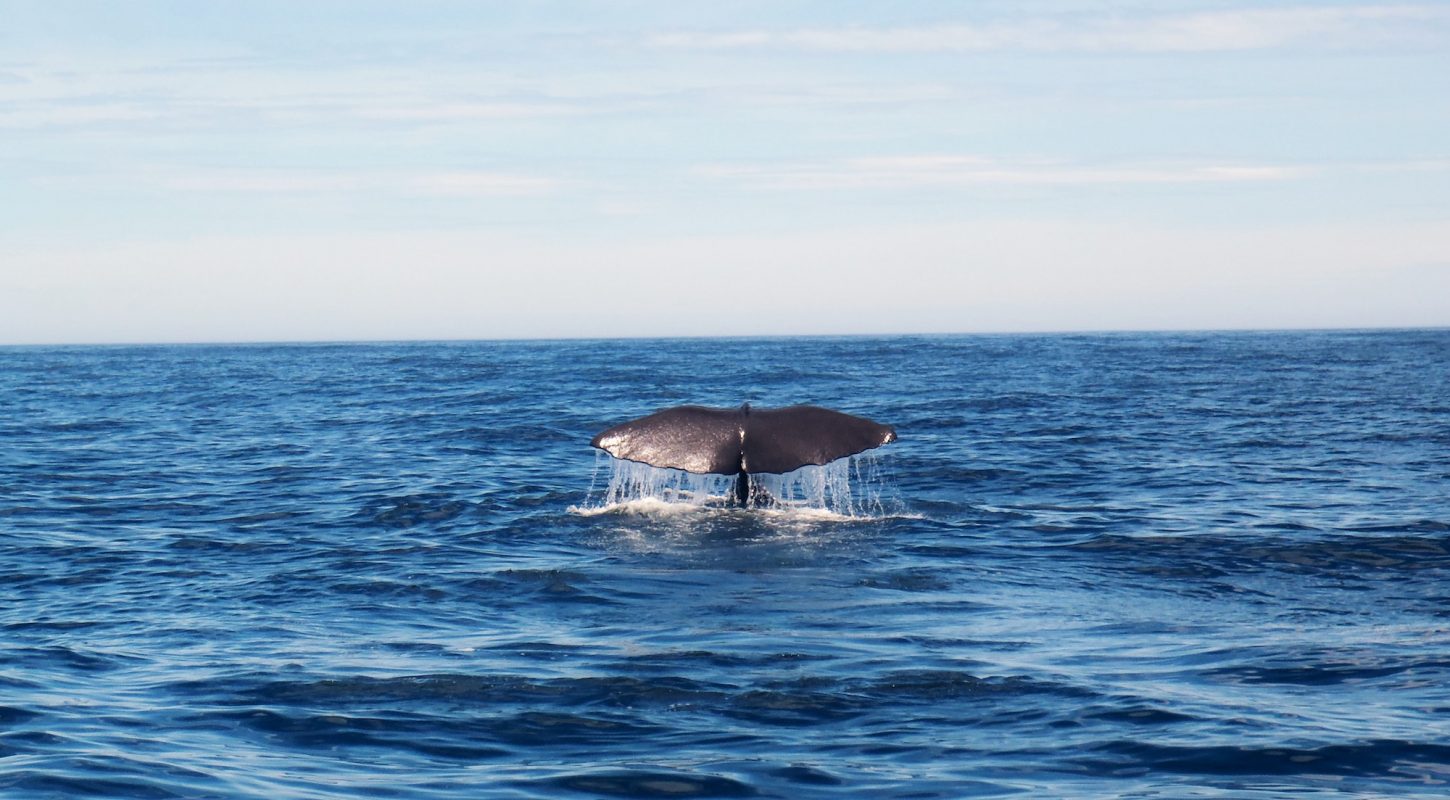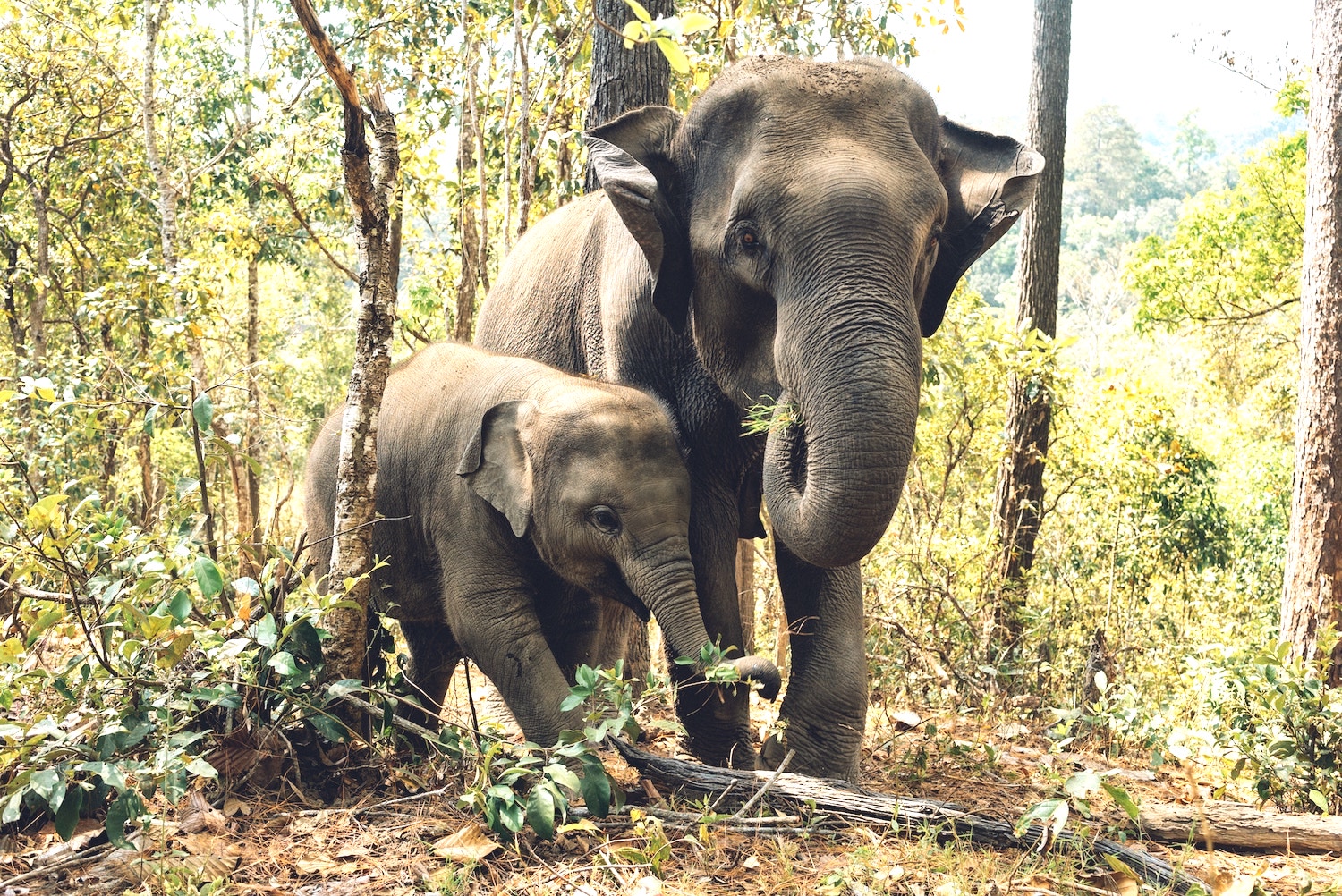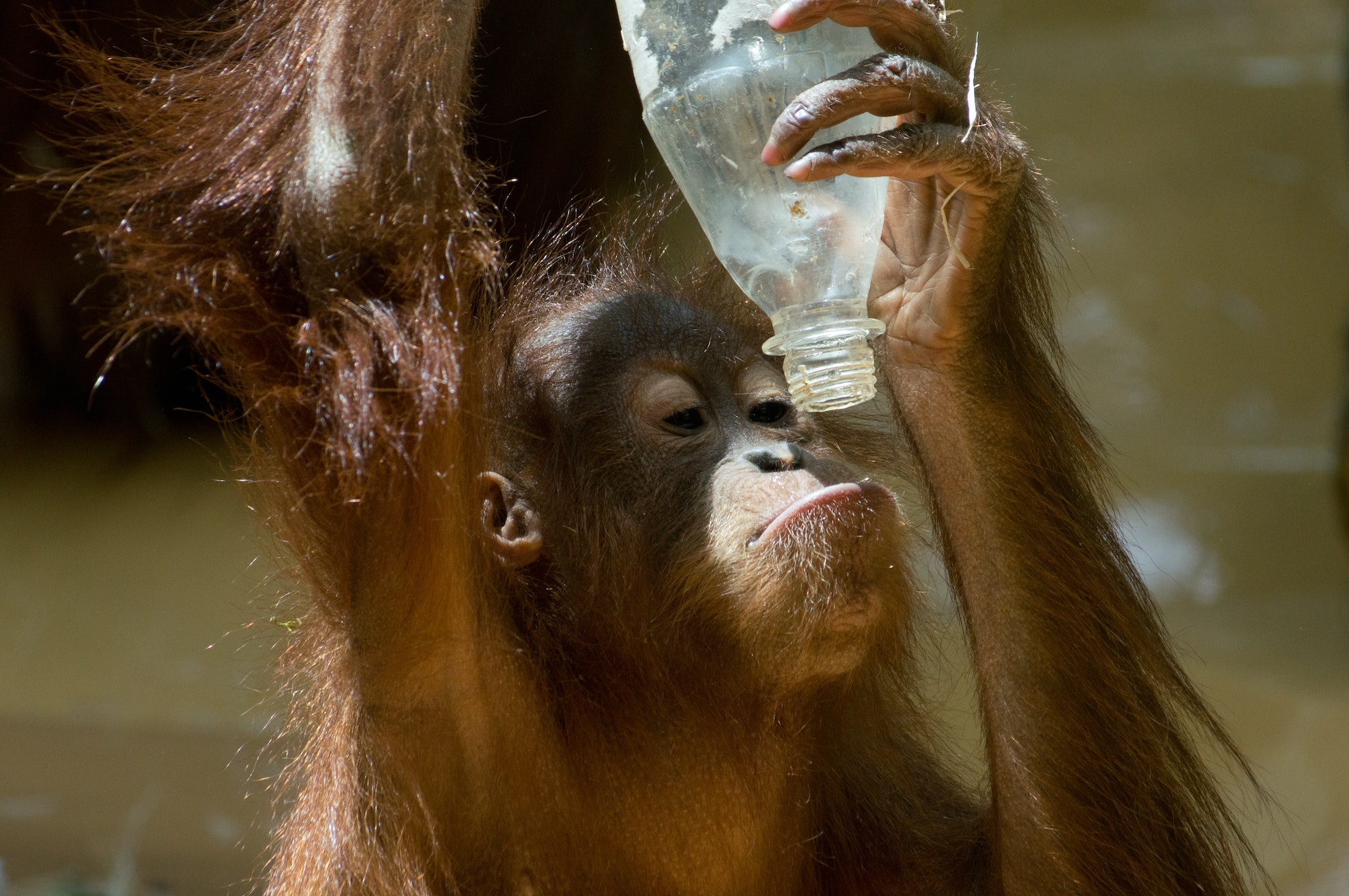A critically endangered North Atlantic right whale, named “Cottontail” died recently after becoming entangled in fishing gear for around five months. This beautiful whale was snarled in fishing gear off the coast of Nantucket, Massachusetts, in October 2020, and died near Myrtle Beach, South Carolina, nearly 700 miles away in February.
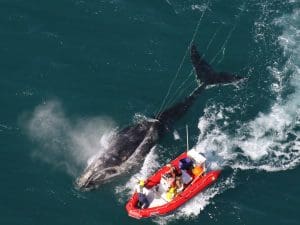
Government officials removed some of the fishing gear from the whale but they could not remove it all. According to the rescue squad, there was a line over his head, exiting out of both sides of his mouth, and “extending beyond his tail for about three or four body lengths.”
Removal of fishing gear, plastics, and other aquatic trash like this is difficult and dangerous—and with whales, it can be deadly. It must be done when the whale is in shallow water. The officials monitored Cottontail with tracking devices to learn anything they could for future disentanglement efforts, even though they could no longer help him.
North Atlantic Right Whales
North Atlantic right whales are some of the world’s most endangered species, with estimates suggesting fewer than 350 individuals are left in the ocean. These gentle giants can grow to 55 feet long and weigh up to 70 tons. As their name implies, they live most of their life in the icy waters of the Northern Atlantic Ocean but can be found in coastal waters extending all the way down to Florida and Northern Africa during the breeding season.
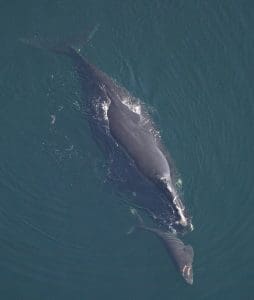
Like many other mammals, female right whales form a strong bond with their babies, and whale calves will often stay under the care of their mothers for up to a year. Calves and their mothers have been observed showing signs of physical affection–with calves often swimming on their mother’s backs or butting heads. Mother North Atlantic right whales have even been observed rolling over to hold calves with her flippers!
Hunting of North Atlantic right whales was documented as happening as early as the year 1000 AD by Norse whalers. Their populations rapidly declined when commercial fishing boomed in the 19th century. Their tendencies to stay close to the East Coast, and high blubber content, made them the preferred target for whalers. In fact, their common name comes from humans saying they were the “right” whales to hunt. By the 1890s commercial whalers had hunted the North Atlantic right whales to the brink of extinction. Commercial whaling was officially banned in 1986 by the International Whaling Commission, but these beautiful creatures are still facing serious threats.
Beginning in 2017, elevated deaths of the North Atlantic right whale have been documented, spurring the declaration of an Unusual Mortality Event (UME). The total confirmed deaths for the UME in 2021 to date is 34 dead whales – with the cause of death being cited as “human interaction,” specifically from entanglements or vessel strikes. Vessel strikes and entanglement in fixed fishing gear, which together account for nearly half of all North Atlantic right whale mortality since 1970, are their two greatest threats to recovery. Additionally, since 2017, 15 whales have been documented with serious injuries from entanglement or vessel strikes. SA serious injury designation indicates that a whale is likely to die from those injuries. With the right whale population so small, these deaths and serious injuries represent more than 10 percent of the total population, creating a serious setback to the recovery of this critically endangered species.
In order to better protect these precious animals, serious changes need to occur within the commercial fishing & shipping industries.
Closing certain fishing zones, rerouting ships, and imposing speed limits can help mitigate the risks right whales face, but they don’t eliminate them. And fishing closures, in particular, have rippling economic effects on communities that rely on commercial fishing such as crab or lobster. Fisheries can reduce their impact by using reduced breaking strength ropes–sturdy enough to rein in fishing traps, but not a struggling whale. There are also new innovations and technologies in the works such as ropeless traps–but such designs haven’t achieved widespread use yet.
Marine Biologist Amy Knowlton of the New England Aquarium, who has been studying North Atlantic right whales said it best in an interview with Smithsonian Magazine “The future of North Atlantic right whales depends on our ability to reduce the impacts of fishing and shipping. We can save them. Our own innovations have pushed them nearly to extinction, but perhaps new technologies, like acoustic monitoring and ropeless fishing, could help bring these ocean giants back from the brink.”
